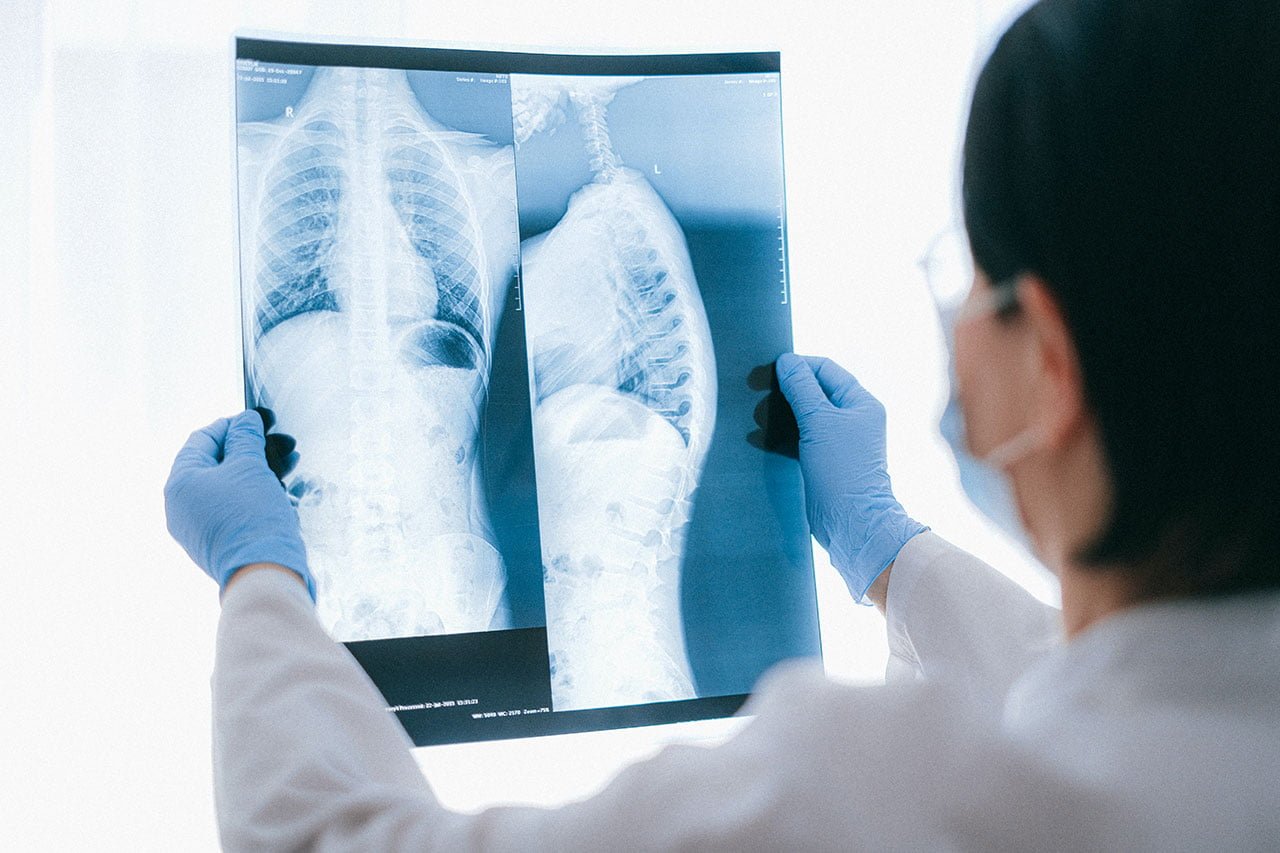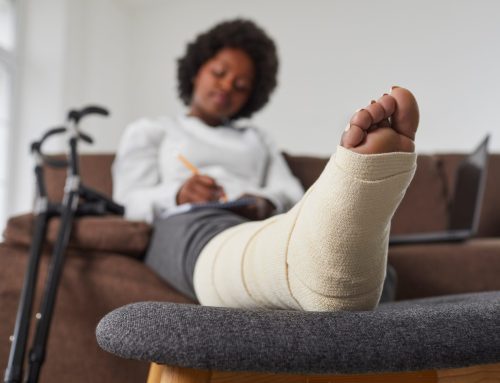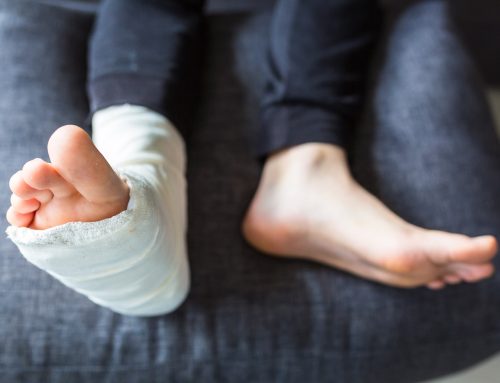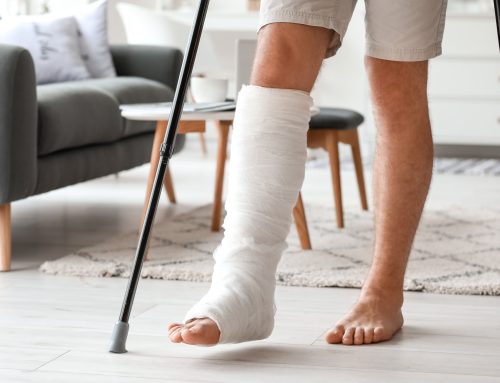A broken bone is something you’ll want a doctor for, and often, their first exam involves an xray. However, some Canadians are looking for other options. While there are a few key indicators that you’ll need to treat a broken bone, there are alternatives, including a CT scan, MRI, or bone scan.

Broken bones aren’t picky about their targets. It affects older adults and young children alike. Sometimes, an xray won’t show a hairline fracture, and you’ll need some further testing. This type of process is more common for wrist fractures, stress fractures, or hip fractures.
So, what are some red flags that your accidental tumble may have left more than a bruise? Read on to learn the common signs of a broken bone and alternatives to xrays.
Common Signs of a Broken Bone
Broken bones don’t just happen. They’re typically caused by impact from an accident, fall, or altercation. Sometimes, you can experience pain from a hairline fracture that can go unnoticed for a long time.
Doctors are trained to ask the right questions and examine the injury site. Their investigation may reveal some common signs of a broken bone. For a young adult who breaks their fall, both forearm bones can fracture and show symptoms of pain, swelling, and deformity. However, your doctor will likely order an xray anyway, just to be sure.
Medical imaging has been controversial, with fingers pointing at cancer-causing radiation. The benefit of thorough testing for a broken bone outweighs the very minimal risk of radiation negatively affecting your body. That’s why doctors won’t hesitate to recommend an xray, CT scan, MRI, or bone scan. Without those methods, these are some other signs of a broken bone.
Bruising
Bruising under the skin occurs due to a trauma-induced rupture of the small blood vessels. It can be caused by any form of tissue damage and can indicate either a minor or major bone fracture. But bruises don’t just show up when a fracture takes place. You can just as easily notice it after you bump your shin on the coffee table, again.
However, blood can also leak from the broken bone itself with a fracture. With more severe fractures, the leaking blood can cause widespread bruising. Bruises tend to be purple at first and change to yellow as the injury heals. This is just one of the signs that there may be a broken bone involved.
Appearance
If your elbow is bending in places, it usually isn’t supposed to, that’s a big sign it’s a break. If you’re making new shapes with your body, this can be due to the bone poking out of the skin or creating deformities.
Swelling can be another common sign of a broken bone before considering an xray. This happens when fluids, and sometimes blood, leaks into the soft tissues such as fat, skin, and muscle. The area will become harder to touch over time, and the fluid will cause it to look puffy.
Crepitus
This one can give you the heebie-jeebies just thinking about. Crepitus is a crunchy feeling under your skin. If that’s happening, that means there are broken pieces of bone rubbing against each other. Delightful, right?
Any of these symptoms, combined with pain or the inability to use your injured limb, are clear signs of a broken bone. Symptoms of a fracture, even if they occurred the same way, can vary based on someone’s health, age, or location of the injury.
Without some medical imaging done, you won’t be able to see your progress and know when your fracture has fully healed. You don’t necessarily need an xray, so here are some alternatives for diagnosing a broken bone.
Alternative to Xray for Diagnosing a Broken Bone
MRI (Magnetic Resonance Imaging)
An MRI is an option that can be used without any radiation. Instead of using xrays, it creates clear images of your organs and structures within the body using radio waves, a large magnet, and a computer. MRIs are helpful to detect:
- Signs of old and new fractures
- ACL injuries
- Joint inflammation
- Nerve compression
- Achilles tendon ruptures
- Sprains and strains
However, an MRI may not suit you if you have a pacemaker, insulin pump, or any other metal implants that could affect the device. Remember, there’s a powerful magnet in there, and you don’t want to disrupt it. You’ll also have to keep in mind that there are long wait times. If you don’t get the proper treatment in time, there could be further complications. You can look for a private clinic, but MRIs are astonishingly expensive.
CT Scan (computed tomography)
A CT scan measures the structures inside your body and might be used if a typical xray won’t be able to detect your hairline fracture. This isn’t going to be the solution for you if you’re hoping to avoid xray imaging altogether.
A CT scan will use xrays and computers to create images of a cross-section of your body by taking plenty of pictures of small slices to put together for your doctor. It shows not only fractures but also heart disease, certain cancers, internal bleeding, blot clots, and other injuries.
CT scans are recognized as generally safe for both adults and children, but there will be a small amount of radiation exposure.
Bone Scan
If your doctor suspects a fracture and can’t see it on an xray, they’ll likely order a bone scan. This isn’t just used for a broken bone but can detect a bone infection or bone disease. This type of test has two sessions that involve a radioactive isotope that gets injected into your vein for the images to be taken.
There are still small amounts of radiation, just like an xray. There’s no added risk, but you’ll be able to get more details about the fracture if a standard xray doesn’t cut it. Other available options may include an ultrasound, physical examination, and bone densitometry, to name a few.
Diagnosing a fracture and starting your treatment plan as soon as possible is crucial for returning back to normal. If it’s left untreated for too long, your bone may not heal at all. As a result, you’ll continue to experience pain, swelling, and tenderness that will affect your everyday life.
Are you looking to help your bones heal faster and get back to your routine? Contact us to tell us your story about your fracture, even if it’s an old one. Our self-treatment device can ease your frustrations with convenient, 20 minutes a day treatment.
Have you ever thought you had a broken bone? How did you find out if you did? Our readers would love to hear about your experience so they can recognize the signs sooner rather than later.






Leave A Comment